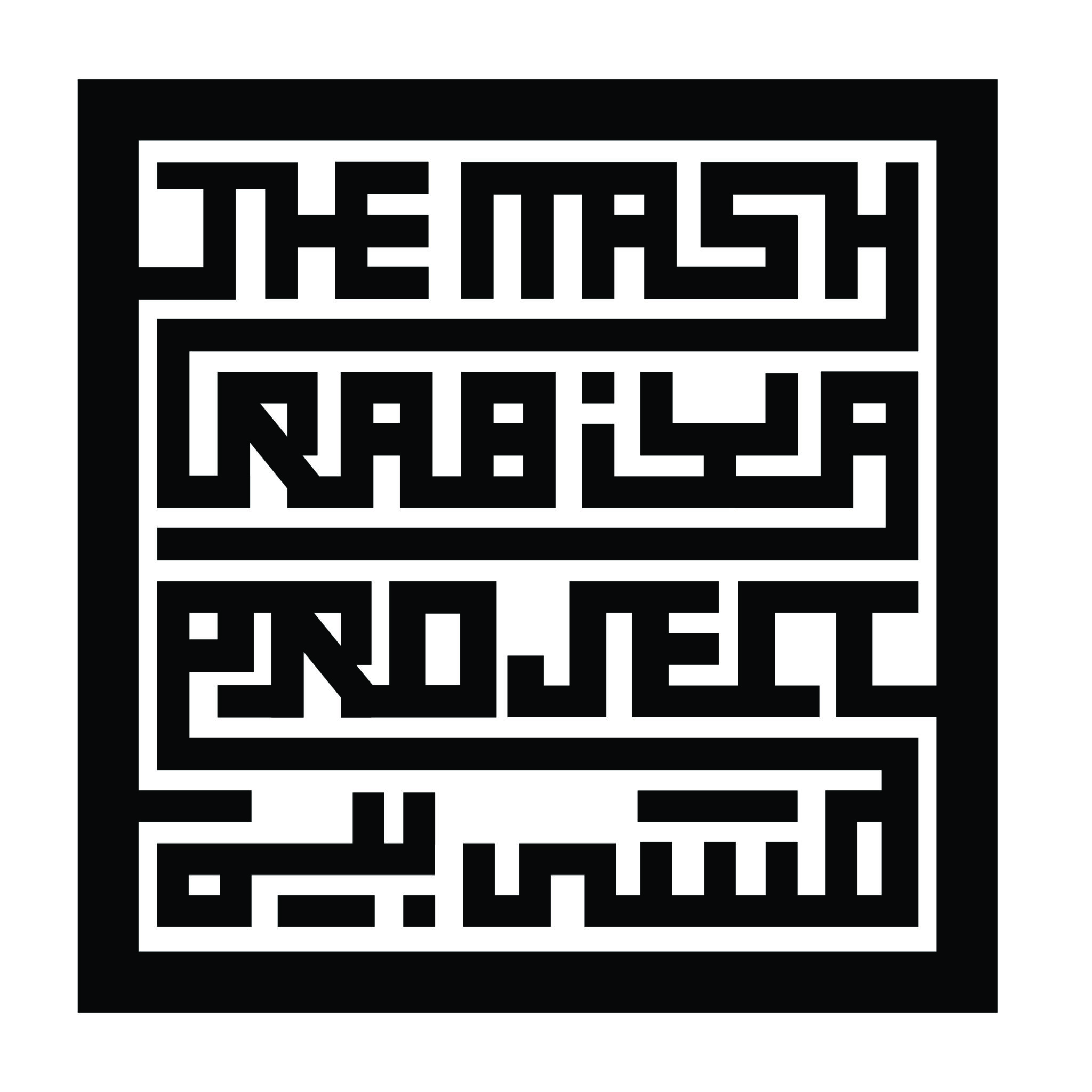
Media Contact:
Billy Cook
[email protected]
215-936-5843 (m)
MUSEUM FOR ART IN WOOD UNVEILS THE MASHRABIYA PROJECT, AN INTERNATIONAL PRESENTATION EXPLORING INFLUENCES OF ISLAMIC WOOD-TURNED ART AND ARCHITECTURE, ON MARCH 3
The Mashrabiya Project will be on display from March 3 to July 23, 2023
Photos & Branding Images: HERE
Philadelphia, PA | February 14, 2023 – On March 3, the Museum for Art in Wood (141 N. 3rd Street, Philadelphia, PA, 19106) unveils The Mashrabiya Project, an international exhibition with interactive programming, a shared-making experience, and publication, showcasing and exploring the significance of the wood-turned mashrabiya. Curated by the Museum for Art in Wood’s Executive Director and Chief Curator Jennifer-Navva Milliken, this will be the first effort in the U.S. to examine this architectural object and its prominence in Islamic and Egyptian woodcraft while highlighting its greater cultural significance.
To prepare for The Mashrabiya Project, the Museum will be closed to the public February 15 through March 2 while the exhibition space undergoes construction. However, during this time, staff will be available to process online orders for delivery or curbside pickup from the Museum Store. Visits to the Museum’s permanent collection or library and archives will be admitted after March 1 or by appointment. Contact [email protected] to learn more.
From March 3 to July 23, 2023, the multi-disciplinary exhibition features commissioned, never-before-seen works from six international artists and includes hybrid programming to encourage further public engagement and discussion. The Mashrabiya Project will be the organization’s first presentation since rebranding from the Center for Art in Wood to the Museum for Art in Wood on January 30, 2023. The move allows the Museum to be further recognized by an international community of artists, scholars, and collectors as a critical resource in studying art, craft, and design in wood. It also reinforces the Museum for Art in Wood’s mission to stimulate and nurture creative engagements surrounding wood, an organic, shapeable, sustainable, and conceptually inspiring material. Learn more about the Museum for Art in Wood’s rebrand here.
The mashrabiya is a lattice screen often attached to windows or installed in interior spaces, simultaneously offering ventilation and privacy from public view. Traditionally, it was set into deep windowsills where jars of water were placed to facilitate passive, evaporative cooling brought in by the breeze, providing an early form of air-conditioning. These screens can be found throughout the Islamic world – from Africa to the Pacific Rim – bearing different names and materials, including stone, cement, or carved wood. Though the techniques and functions behind the mashrabiya originate in the ancient world, pre-dating Islam by centuries, the adaptation of Islamic geometries and decorative practice in their construction has elevated them to iconic status in the architecture of the tradition.
The mashrabiya became the framework for artisanal and decorative skill throughout the Islamic world, displaying artful geometry and elaborate perforated designs to become a defining element of Islamic visual culture and ornament. In traditional residences, it also served an essential function of delineating spaces for public and private life, separating male and female members of a household in accordance with purity laws. With its picturesque modularity and wide application of uses, the mashrabiya has become an enduring symbol for many of Islam’s most noted artists and writers, including in the present day.
The Mashrabiya Project focuses on the wood-turned latticework found in Cairo, Egypt. It is believed that woodturning as a craft developed in Cairo over 3,000 years ago and it is still practiced in the bustling metropolis to this day. Comprised of thousands of individually lathe-turned components, they are assembled without glue or fasteners to create large scalable elements and furnishings that are complex and ornate. Mashrabiya produced in North Africa are made of wood from a range of tree species, from local to imported, that can expand and contract in response to the region’s intense climate. They are found in both everyday and sacred spaces alike.
“The Mashrabiya Project centers on the living craft of woodturning and the architectural form of the mashrabiya,” said Milliken “The Museum for Art in Wood, whose origin is in international advocacy for woodturning as a contemporary art form, is the ultimate site for this project. Through the language of the mashrabiya, we connect Cairo and Philadelphia – two cities with extraordinary craft histories – and investigate the impact of wood craft on art, space, access, and visibility through this distinctive cultural exchange.”
A cornerstone of The Mashrabiya Project is the multi-disciplinary exhibition titled Seeing Through Space, featuring newly commissioned works from the six artists from across the Islamic world displayed in the Museum for Art in Wood’s public space from March 3 to July 23, 2023. The exhibition will interpret the societal and cultural concepts evoked by the mashrabiya and includes original works from sculpture and installation artist Anila Quayyum Agha, photography and installation artist Nidaa Badwan, sculpture, textile and performance artist Majida Khattari, multimedia visual artist Susan Hefuna, sculpture and installation artist Nadia Kaabi-Linke, and mixed-media sculpture and installation artist Hoda Tawakol. The Museum will host a public opening night event for The Mashrabiya Project on Friday, March 3, from 5 to 8 p.m., where guests can meet the artists while exploring Seeing Through Space exhibition.
The Mashrabiya Project continues the Museum for Art in Wood’s core mission of highlighting art, craft, and design in the material of wood and providing a space for its communal practice. The Mashrabiya Project reaches across eras and borders to interpret, nurture, and champion creative engagement in wood, while honoring the Museum for Art in Wood’s woodturning origins as it forges dialogues between new audiences and cultures. The Mashrabiya Project is supported by a grant from The Pew Center for Arts & Heritage.
For the full press release, please click HERE.